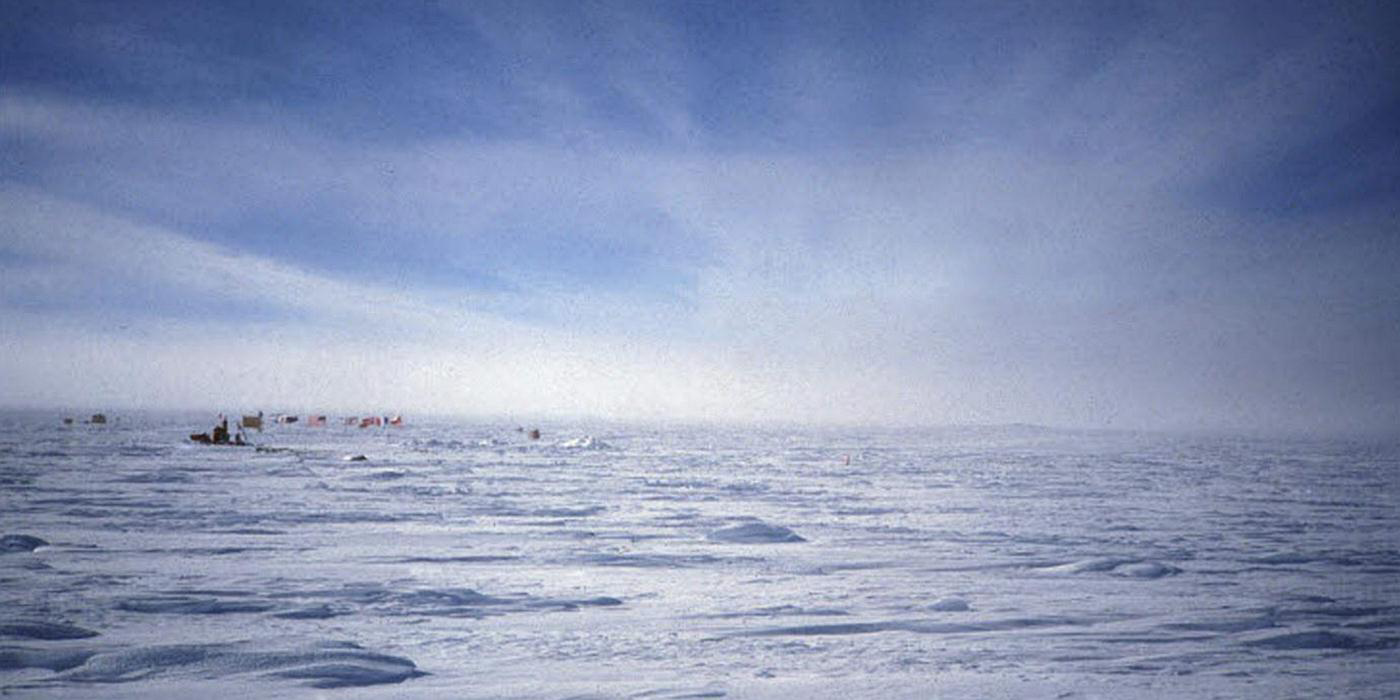This article is an excerpt from Chapter two in my new book The Chicken Little Agenda – Debunking Experts’ Lies. You can find out more about the book here, and can order the book from this link. This is the fourth of six parts for Chapter two that will be presented here sequentially. Read part three here.
Chapter 2
The Greenhouse Effect, Ozone Hole, and Other Acorns
Celebrating Earth Day
In your mind, travel back to 1970, the year the first Earth Day happened. Flower children loved freely on our college campuses, but emerging violent protest painted an ugly backdrop. Leisure suits were popular, although men wearing them were developing thick waistlines and high foreheads. The micro miniskirt had replaced the mini, and “topless” had migrated from strip joints to certain “in”-crowd parties. Norman Cousins, well-known editor of Saturday Review, stated flatly that “the human race is operating under the starkest of deadlines.” NBC’s Edwin Newman warned that by 1980 the great rivers of this nation “would have reached the boiling point.” Life predicted that city dwellers would need gas masks by 1980. So did Wisconsin senator Gaylord Nelson (who actually claimed to be the originator of Earth Day). He also predicted that by 1995 “between 75 and 80 percent of all the species of living animals will be extinct.” Then he went out on a limb, forecasting that by 2000 the natural environment would be unable to support any life. Other predictions included: by 1974, there would be water rationing and a ban on flush toilets; by the mid-1970s, there would be a 500 percent increase in dysentery (with flush toilets banned!); by 1980, there would be worldwide food rationing.
Dr. Paul Erlich, who wrote the bestseller The Population Bomb and founded the organization Zero Population Growth, deserves special mention. Along with his dire predictions, he supplied some interesting solutions. “The time of famines will be upon us full scale in 1975,” he told Johnny Carson. Smog masks, synthetic steaks, maximal regimentation and government control . . . his list of dire problems is nearly endless. He predicted a “tremendous impact” from Earth Day in 1970, saying it “is going to generate a lot of civil disobedience . . . people are just going to stop paying their bills.” He also foresaw a new national political party emerging out of Zero Population Growth. (President Erlich?)
His solutions to these overwhelming problems are enlightening. He called for a federal Department of Population and Environment, a head tax for families with children, lots of abortions, an end to “death-control” (meaning life-extension medical research), and compulsory birth regulation. “We might, for instance,” he proposed, “institute a system whereby a temporary sterilant would be added to a staple food or to the water supply.”
Sure, it’s silly – all of it. And yet, the people quoted here are not wackos. They are serious journalists, respected writers, honored environmentalists. They are people of stature in our society. What they say matters. So why were they talking such nonsense? Granted, we are examining their silliness through our most excellent hindsight, but in 1970 it really was very unlikely that flush toilets would be banned four years later or that rivers would boil in ten. How can these people say and publish such foolishness, and then ask us to respect their wisdom and judgment afterwards?
Dr. Dixy Lee Ray was my zoology professor at the University of Washington. She was also my friend and mentor. Her accomplishments include: governor of Washington, chairman of the Atomic Energy Commission (precursor to the Department of Energy), assistant secretary of state for oceans, and recipient of the United Nations Peace Prize. In Environmental Overkill she wrote: “We believe it is just as wrong to exaggerate the seriousness of environmental issues as it is to downplay the remarkable resilience and recovery powers of nature.” She goes on to say that “it’s important to demonstrate that a proposed solution [to an environmental problem] is appropriate, practical, and affordable.”
There are no acorns here. This is an oak tree I can deal with.
(Part 5 of 6 follows)
© 2006 – Robert G. Williscroft





Of course not!